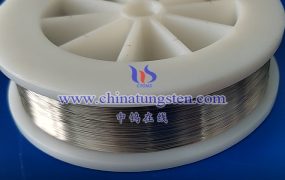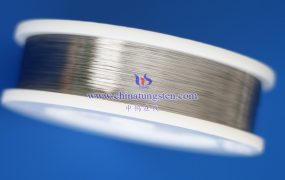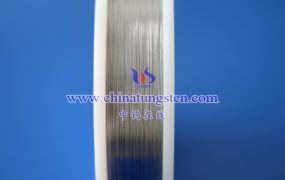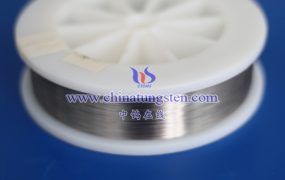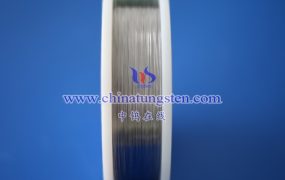Analysis of the melting of tungsten wires due to overcurrent can be carried out from the following aspects:
- Definition and impact of overcurrent
Overcurrent means that the current passing through the tungsten wire exceeds its rated current value. When the current is too large, according to Joule’s law (P=I
2
R), the heat generated on the tungsten wire will increase sharply, causing the temperature of the tungsten wire to rise rapidly.
- Fusing mechanism
Temperature increase:
Overcurrent causes the temperature of the tungsten wire to rise. When the temperature exceeds the melting point of the tungsten wire, the tungsten wire will melt.
Although the melting point of tungsten wire is very high (about 3410°C), under the action of continuous overcurrent, the temperature of the tungsten wire can quickly reach this critical point.
Material properties:
Tungsten wire becomes brittle at high temperatures and its tensile strength decreases.
As the temperature rises, the evaporation rate of tungsten wire will also increase, further weakening the structural strength of tungsten wire.
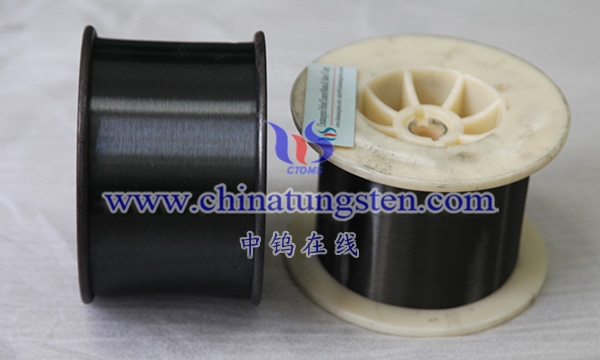
Thermal stress:
Tungsten wire will expand during heating, and the rapid temperature rise caused by overcurrent will produce greater thermal stress.
Thermal stress may cause cracks or defects inside the tungsten wire, thereby reducing its load-bearing capacity.
- Fusing process analysis
Initial stage:
When the current exceeds the rated value, the tungsten wire begins to heat up and heat up.
The evaporation on the surface of the tungsten wire begins to intensify, forming a thin layer of tungsten vapor.
Mid-term stage:
As the temperature continues to rise, the grain structure inside the tungsten wire begins to change.
Thermal stress causes tiny cracks and defects inside the tungsten wire.
Final stage:
When the temperature reaches the melting point of the tungsten wire, the tungsten wire begins to melt.
The melted tungsten wire breaks rapidly under the action of the current, forming a fuse phenomenon.
- Preventive measures
Choose the right current:
Make sure that the current passing through the tungsten wire does not exceed its rated current value.
When designing the circuit, current fluctuations and overload protection should be considered.
Heat dissipation measures:
Strengthen the heat dissipation design of the bulb and reduce the operating temperature of the tungsten wire.
Use heat sinks, fans and other heat dissipation devices to reduce the temperature inside the bulb.
Material improvement:
Select high temperature resistant and anti-oxidation tungsten wire materials.
Surface treatment of the tungsten wire to improve its anti-evaporation and anti-corrosion capabilities.
Circuit protection:
Install a fuse or overload protector in the circuit to prevent overcurrent.
Regularly check the working status of the circuit and the bulb to detect and deal with potential problems in time.
More details of tungsten wires, please visit website: http://tungsten.com.cn/tungsten-wires.html
Please contact CHINATUNGSTEN for inquiry and order of tungsten needles:
Email: sales@chinatungsten.com
Tel.: +86 592 5129595

